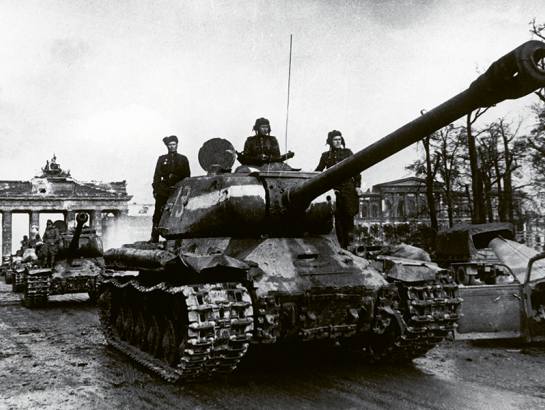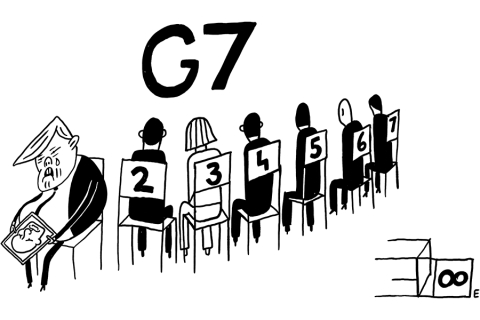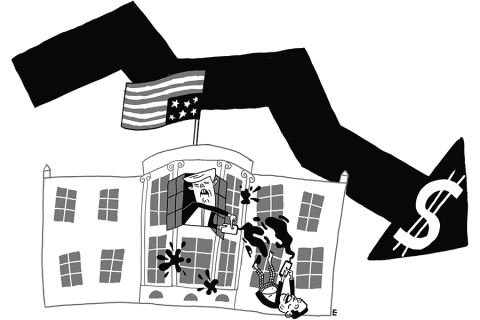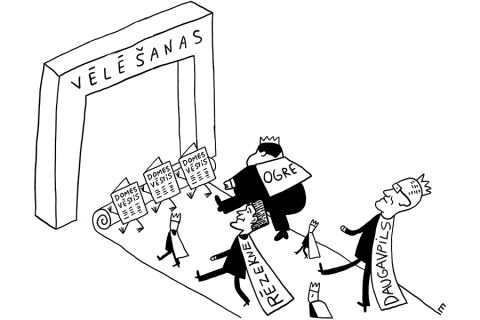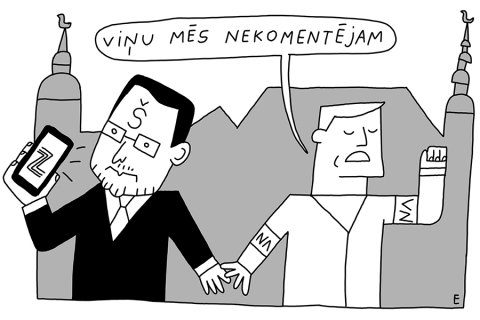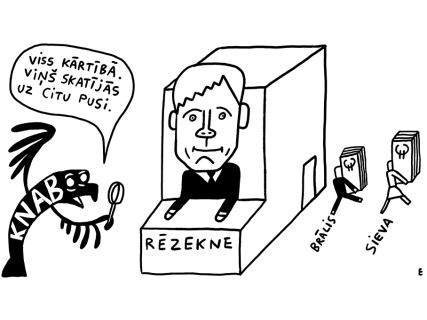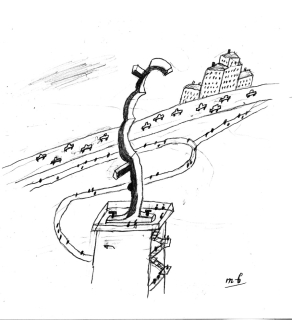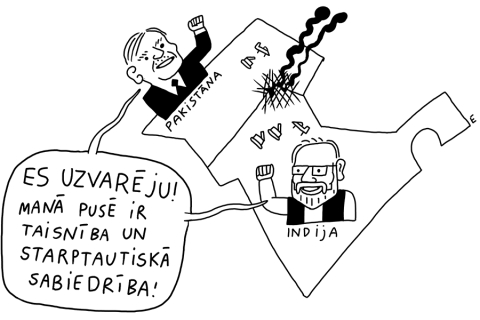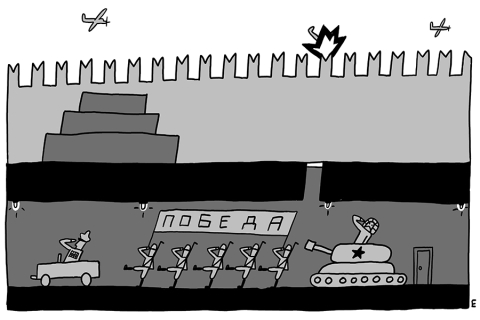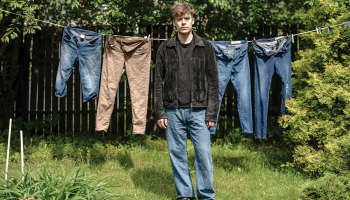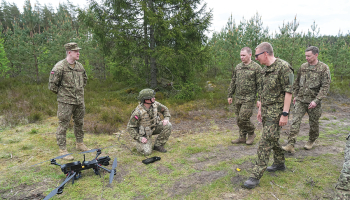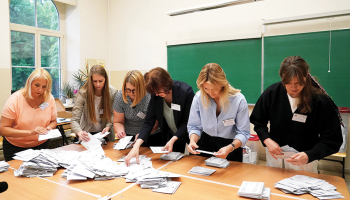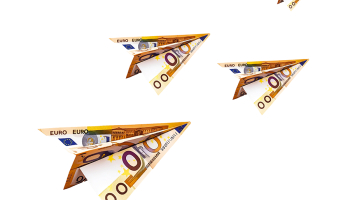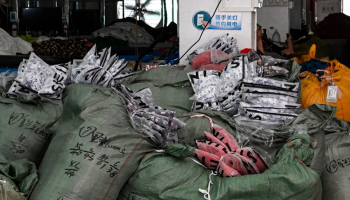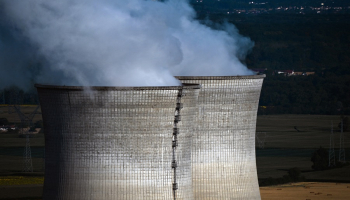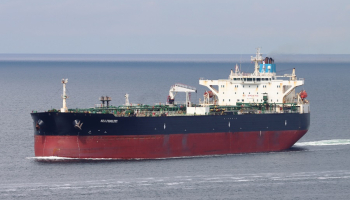Žurnāls Ir | Svarīgākais politikā, ekonomikā un kultūrā
Jaunākie raksti

Tuvāk pamatiem
Kādi bija latviešu folkloras pētniecības sākumi un turpmākie ceļi? Cik aktuāla tā ir mūsdienās?

Manī runā arī emocijas
Nemainot priekšstatu par Ulmaņa autoritārismu, vēsturnieks atzīst starpkaru Latvijas sakoptību un skaistumu pirms tās bojāejas. Ar Aivaru Strangu sarunājas Ineta Lipša
Sāc savu dienu ar uzticamu svarīgāko ziņu apkopojumu!
Īsi par svarīgāko ik rītu — pieraksties jaunumu vēstulei Ir Svarīgākais!

ES paplašina finansējuma pieejamību aizsardzībai: ko “miniomnibus” nozīmē Latvijai?
Eiropas regulējumi reti izraisa aizrautīgas diskusijas vai plašu sabiedrības interesi. Parasti tie tiek uzskatīti par nesaprotamu birokrātisku dokumentu mudžekli, kas šķiet radīti tikai ierēdņu un politiķu priekam.


Britu pirmatnējās takas, pauguri, kapkalni, apmetnes un vietas
Lekcija Vūlhoupas klubā Herefordā 1921. gada septembrī
Raidieraksti
Karikatūra
Personības
Viedokļi
Recenzijas
Pētījumi
Eiropā
Bizness un ekonomika

Saulkrastu superpīrāgi
Saulkrastu uzņēmuma Superpīrāgs īpašniece Ilze Kalviša savu biznesu savulaik sāka, bruņojusies ar pavārgrāmatu un paļāvību, bez mazākās pieredzes konditorejā un visu nepieciešamo aizņemoties

Pāļu injekcijas pamatiem
Mikropāļi ir samērā jauna būvniecības tehnoloģija, kuru Latvijā un Igaunijā jau 25 gadus attīsta Daiņa Mūsiņa uzņēmums. Savulaik četri gadi nostrādāti arī Apvienotajos Arābu Emirātos, bet tagad tuvākais mērķis ir iespiesties Lietuvas tirgū

Infrastruktūras problēmu risinātāji
Uzņēmums Carmine Red IT projektē un uzstāda IT infrastruktūru. Sākotnēji izveidots kā mākoņpakalpojumu sniedzējs, tas ir pielāgojies tirgum, kurā uzņēmumi joprojām vēlas savas iekārtas
Populārākie raksti

Kādas ir Šlesera biznesa intereses Rīgā
Kādas ir mēra kandidāta Aināra Šlesera biznesa intereses Rīgā? Viņa ģimenei galvaspilsētā pieder prāvas platības Andrejsalā un Skanstē, bet ostas biznesi kara sankciju dēļ ir iestrēguši
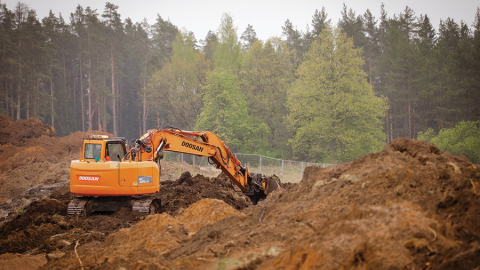
Kurš kavē Rail Baltica pamattrases būvniecību
Kāpēc Rail Baltica nacionālais ieviesējs joprojām nav devis zaļo gaismu būvdarbu sākšanai dzelzceļa pamattrasē, lai gan finansējums ir pieejams

Mērs Vilnis Ķirsis: koalīcijai ir tikai divi varianti
Jaunās Vienotības saraksta līderi Vilni Ķirsi intervējam viņa kabinetā Rīgas domē. Domes priekšsēdētājs uzskata, ka vēlēšanās ir tikai divi varianti — vai nu JV, NA un Progresīvo vairākums, vai varu iegūs promaskaviskie spēki ar Šleseru priekšgalā

Kā pasaules apceļotājs Kārlis Bardelis nepadodas ļoti smagai diagnozei
Pasaules apceļotājs Kārlis Bardelis (40) gada sākumā piedzīvoja insultu un viņam atklāja ļaundabīgu smadzeņu audzēju. Ārstu prognozes nav spīdošas, bet Kārlis un ģimene nav gatavi padoties
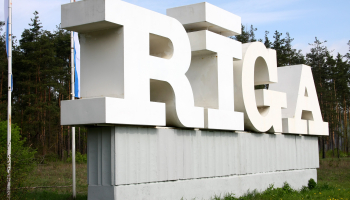
Kurš vadīs Rīgu?
Visticamāk, kāds no šiem partiju līderiem. Jaunākie reitingi cerības pārvarēt 5% barjeru dod septiņiem sarakstiem, vēl trīs pēdējie spējuši savākt vismaz 2% balsu. Ir piedāvā īsu pārskatu par viņu galvenajiem solījumiem
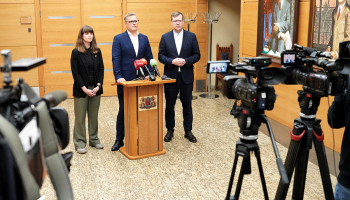
Šlesers nebūs mērs, bet kādas ir Kleinberga izredzes?
Aināra Šlesera plāns pārņemt Rīgu ir izgāzies. Balsu vairākums domē ir četru eiropeisko partiju koalīcijai, ko sācis veidot Progresīvo līderis Viesturs Kleinbergs. Vai viņš būs nākamais mērs?

Progresīvo kandidāts Kleinbergs: kā Rīga tika izlaupīta
Progresīvo kandidāts Rīgas mēra amatam Viesturs Kleinbergs uz interviju redakcijā ieradās demokrātiski — ar velosipēdu — un cer, ka valstiski domājoši vēlētāji Rīgā nepieļaus Šlesera atgriešanos pie varas
- Dzīve
- 29.05.2025.
- Agnese Meiere
Kā pasaules apceļotājs Kārlis Bardelis nepadodas ļoti smagai diagnozei

- Analīze
- 05.06.2025.
Kurš vadīs Rīgu?



